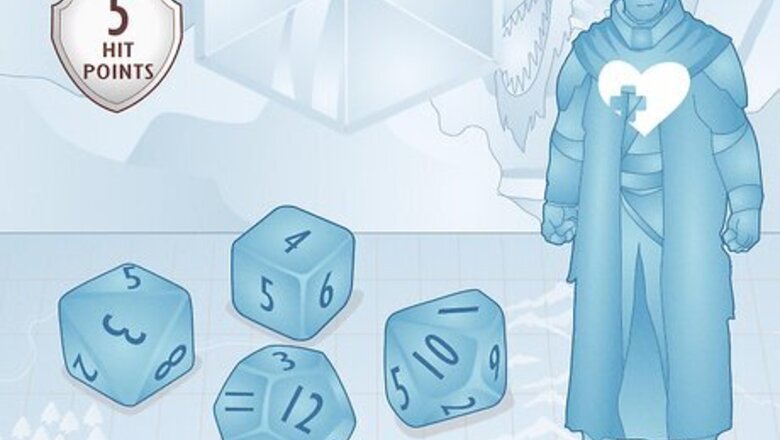
views
What are hit dice in D&D 5e?
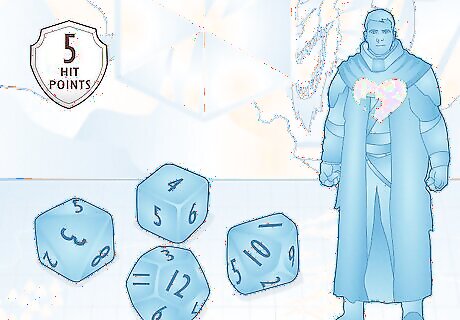
Hit dice indicate your PC’s potential health and ability to heal. They represent how many hit points (HP) a player character (PC) begins the game with and how many hit points a PC gains when they level up. Hit dice can also be rolled during short rests to recover lost hit points, making them a crucial piece of your PC’s overall durability in combat. By contrast, hit points represent your PC’s pool of health, endurance, and the amount of damage they can take before falling unconscious. Hit points and hit dice are related; while hit points indicate a PC’s health, hit dice determine the total amount of health they have (and how much they can recover).
Hit Dice by Class
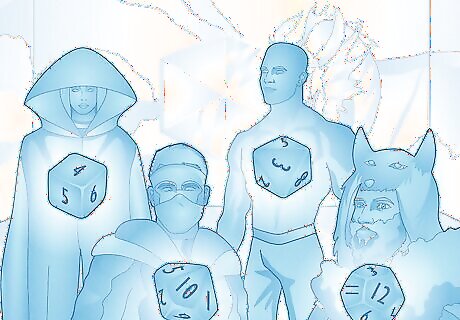
Your PC’s hit dice are determined by their class in D&D 5e. When you choose a class for your PC during character creation (wizard, rogue, paladin, and so on), you’re also assigning their hit dice. That’s because each class has its own hit dice—which in turn determines the number of hit points your PC gains per level. In 5e, a PC’s hit dice can be: d6 (6-sided dice): Sorcerer and wizard d8 (8-sided dice): Artificer, bard, cleric, druid, monk, rogue, and warlock d10 (10-sided dice): Fighter, paladin, and ranger d12 (12-sided dice): Barbarian Overall, PCs with smaller hit die (like a d6) tend to have fewer hit points, while PCs with larger hit die (like a d12) tend to have more HP.
How to Use Hit Dice
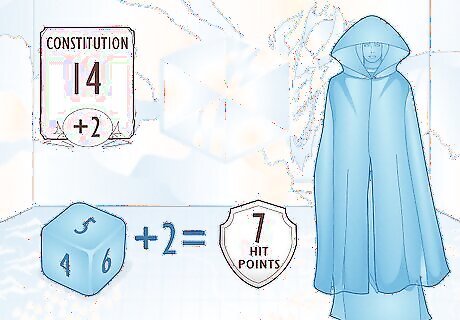
Roll your hit dice during character creation to find your PC’s hit points. When you first make a new PC, part of that process is determining their starting HP score. Simply roll your chosen class’s hit die once and add your PC’s Constitution (CON) modifier; the result equals your PC’s hit points at the start of the game. For example, say you’re playing a wizard with a CON score of 14 and a +2 modifier. Wizards have a d6 hit dice, which means you’d roll a single d6 and add +2 (your CON modifier) to the result. So, if you roll a 5 on the d6, your wizard’s level 1 hit points would be 7 (5 + 2). Keep in mind that some DMs implement house rules—like allowing you to reroll a 1 on a hit die or letting you take the maximum number of potential hit points at level 1 to ensure you don’t start off with a super low number.
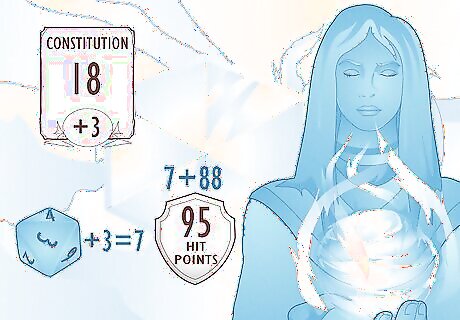
Use a hit die to determine how much HP your PC gains at each level. Every time your PC levels up, their hit point total also increases! To find the new HP total, roll a single hit die for your PC’s class and add their Constitution modifier. Then, add that result to your PC’s current hit point maximum. For example, say you have a level 8 cleric with a +3 CON modifier and 88 HP. Then, your cleric levels up to 9—so you’d find their new hit point total by rolling 1d8 (the class’s hit dice) and adding +3. If you rolled a 4 on the d8, your PC would get 7 more HP (4 + 3), bringing their total HP at level 9 to 95.
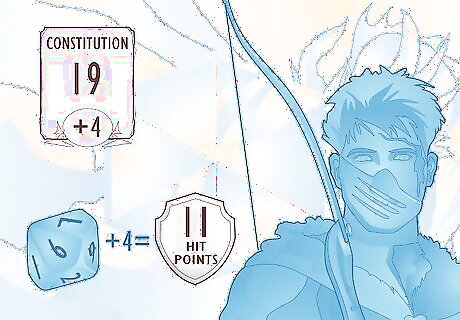
Expend hit dice during short rests to heal your PC. During a short rest (which lasts 1 hour), you can expend 1 or more hit dice and roll them, adding your CON modifier to each roll. The total represents the number of hit points your PC regains during that short rest—making hit dice a handy tool for healing when your PC is injured. For example, if you have a ranger with a +4 CON modifier, you’d roll a d10 hit die and add +4 to see how much they healed. If you rolled a 7, the ranger would heal 11 HP (7 + 4). Roll 1 hit die at a time. After you resolve that roll and add it to your PC’s HP, you can decide to spend more hit die (if available). Your PC has a set pool of hit dice available, with a maximum number equal to their level. Each time they gain a level, they gain 1 hit dice. For example, if your PC is level 12, you have 12 hit dice to expend. Remember: you can use as many hit dice as you want during a short rest, but only as many as your PC has. You can’t spend more hit dice than their current hit dice maximum!
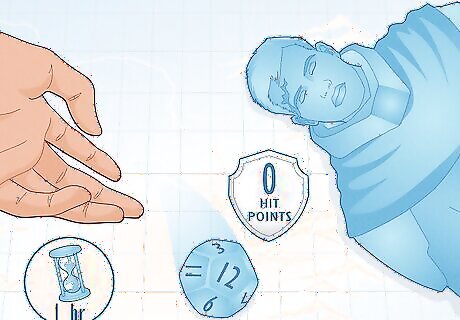
Use hit dice to regain HP while unconscious after 1 hour. If your PC gets downed in a battle (or some other circumstance), you can only use hit dice to revive them if your PC is stabilized and if they rest for at least 1 hour while unconscious. In other words, you can only use hit dice if your PC is unconscious but not in immediate danger of dying. When your PC first drops to 0 HP and falls unconscious, you normally must make death-saving throws. After succeeding 3 death saves, your PC is officially stable (meaning you don’t have to make more death saves). If your PC doesn’t have any hit dice available, there’s also a rule stating they’ll automatically heal to 1 HP after 1d4 hours if unconscious but stable.
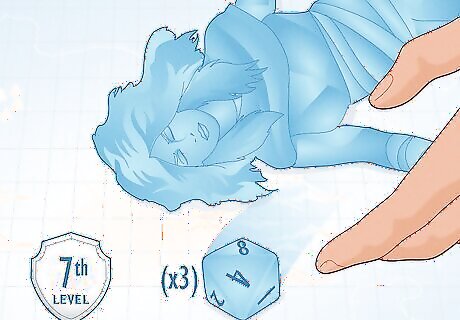
Recover expended hit dice by taking a long rest. No matter how many hit dice you expend over the course of a day in-game, you can recover them over time during long rests. When you take a long rest, your PC will regain half of their total hit dice (rounding down if you end up with a fraction). For example, if your PC is a 7th-level character with 7 hit dice, they’ll regain 3 hit dice (half of 7, rounded down) during the next long rest. If you run out of hit dice while adventuring, that means you can’t use any hit dice until your PC’s next long rest—so you’ll need to rely on other means for healing (like potions or spells). Be sure to track your hit dice usage carefully and plan your long rests ahead of time (if possible) to avoid getting stuck with no hit dice!
Mechanics That Affect Hit Dice
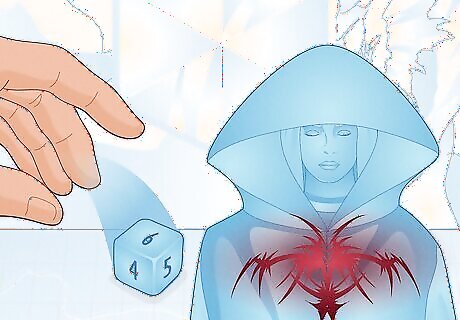
Certain classes, feats, and items have an impact on your PC’s hit dice. As you play and gain levels, you might take a feat (an optional ability) that augments the amount of healing you get from hit dice or a class feature that allows you to spend hit dice more flexibly. There’s even a cursed magic item that consumes hit dice! For example: Aberrant Dragonmark. This feat allows you to spend 1 hit die when casting a 1st level spell. On an even number, you gain temporary HP equal to that number. On an odd number, a creature within 30 feet takes force damage equal to that number. Dwarven Fortitude. This is a feat available to dwarves; it allows you to spend 1 hit die and heal your PC while taking the Dodge action in combat. Durable. The Durable feat increases your CON score by +1. Additionally, expending hit dice allows you to regain hit points equal to twice your CON modifier (minimum 2), speeding up regeneration. Living Armor. This is cursed armor that requires to wearer to feed half their remaining hit dice (rounding up) to it after finishing a long rest. If they don’t, the wearer gains 1 level of exhaustion. Song of Rest. This is a 2nd-level bard ability; with it, you can regain an extra 1d6 HP when you use 1 or more hit dice during a short rest. Those HP increase to 1d8 at the 9th level, 1d10 at the 13th level, and 1d12 at the 17th level.
Determining Hit Dice While Multiclassing
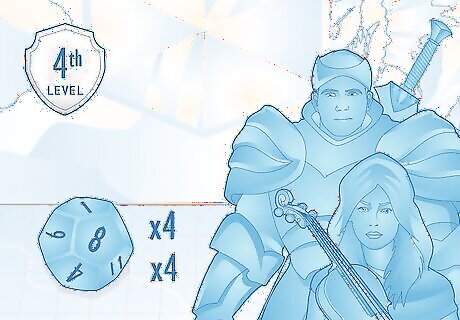
Track hit dice separately for each class when multiclassing. Multiclassing means having your PC take more than 1 class—and if that happens, you’ll have separate hit dice for each class. The number of hit dice you have for each class correlates directly to the number of levels you have in each class. For example if your PC is a 4th-level paladin and 4th-level bard, you’ll have 8 hit dice total (4 from each class). It also means you may have hit dice with different values. Using the example above, you’ll have 4d8 hit dice from your bard levels, and 4d10 hit dice from your paladin levels. You can also choose which hit dice to use when expending them during short rests. For example, if your PC is only slightly injured, you might use a d8 hit dice (from the bard side) to recover HP. Or, if your PC is badly injured, you might use all of their hit dice (the d8s and d10s).
Hit Dice for Monsters
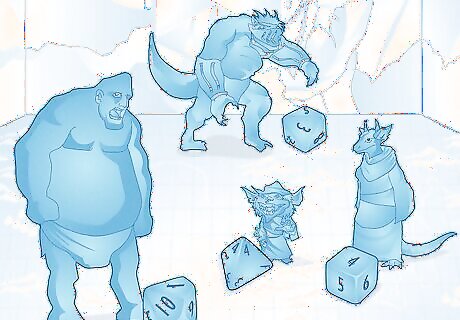
Monsters get hit dice based on their size in D&D 5e. Monsters have hit dice in D&D 5e, just as PCs do—but their hit dice are determined by their size category rather than class. All creatures in 5e are assigned a size, between tiny, small, medium, large, huge, and gargantuan. Monster hit dice in 5e are: d4: Tiny monsters d6: Small monsters d8: Medium monsters d10: Large monsters d12: Huge monsters d20: Gargantuan monsters. Monsters can also spend hit dice to heal during short rests, just like PCs!
Hit Dice in Past D&D Editions
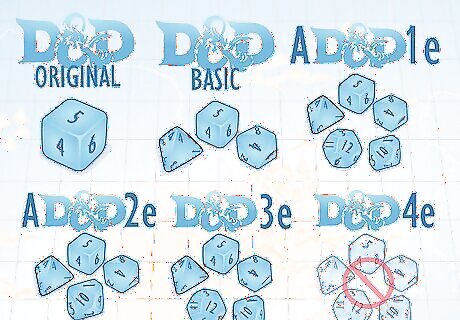
Past editions have their own hit dice rules and variations. Over the years, the rules surrounding hit dice have changed quite a bit (along with D&D classes and how they all work). In previous editions of the game, hit dice weren’t always assigned with the same values they have now! For example: Original D&D. In the original game, all hit dice were d6s. In supplements for OD&D, classes were given the following hit dice: d4 (magic-user, monk, thief), d6 (assassin, cleric, most monsters), d8 (fighter), d10 (powerful monsters), and d12 (powerful demons). Basic D&D. In Basic D&D, many races were considered classes—and their hit dice were: d4 (thief, magic-user), d6 (cleric, elf, halfling, mystic), and d8 (dwarf, fighter). AD&D 1e. In 1st edition, PCs started gaining 1 hit die per level. Their hit dice were: d4 (illusionist, magic-user, monk), d6 (assassin, thief, bard, thief-acrobat), d8 (ranger, cleric, druid, most monsters), d10 (cavalier, fighter, paladin), and d12 (barbarian). AD&D 2e. Classes were rearranged into archetypes: d4 (wizard class, including illusionists, mages, and specialist wizards), d6 (rogues, including bards and thieves), d8 (priests, including clerics and druids), and d10 (warriors, including fighters, paladins, and rangers). D&D 3e. 3e’s hit dice were: d4 (wizard and sorcerer), d6 (bard, rogue, and fey), d8 (cleric, druid, monk, ranger, and most monster types), d10 (fighter, ranger, paladin, beast, construct, ooze), and d12 (barbarian, dragon, and undead). D&D 4e. 4e abandoned hit dice and assigned set values to each class for starting HP and HP gained per level. For example: Wizards and invokers (10 HP at 1st level, 4 HP gained per level) Psion (12 HP at 1st level, 4 HP gained per level) Ardent, bard, cleric, druid, monk, ranger, rogue, runepriest, seeker, shaman, sorcerer, warlock, warlord (12 HP at 1st level, 5 HP gained per level) Avenger (14 HP at 1st level, 6 HP gained per level) Barbarian, battlemind, fighter, paladin (15 HP at 1st level, 6 HP gained per level) Warden (17 HP at 1st level, 7 HP gained per level)












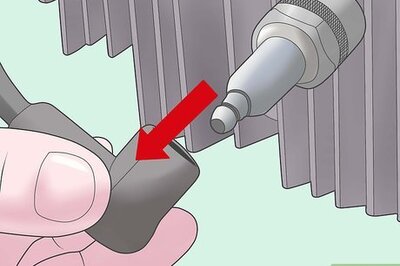






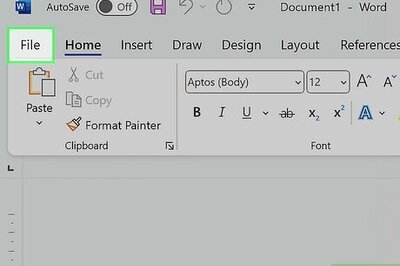
Comments
0 comment